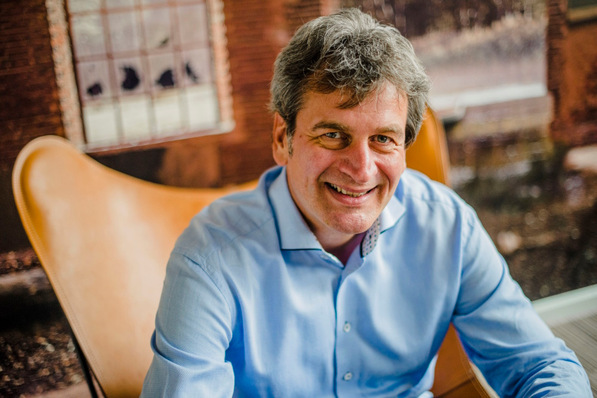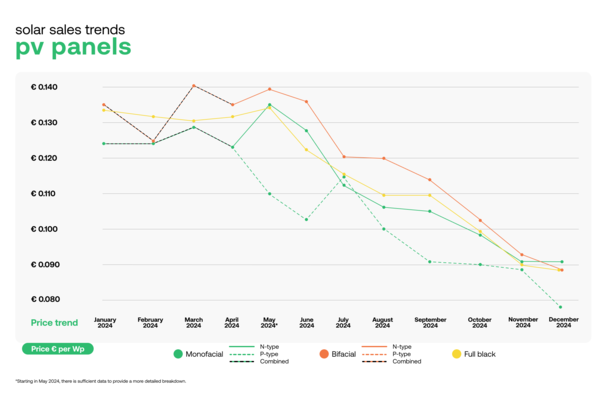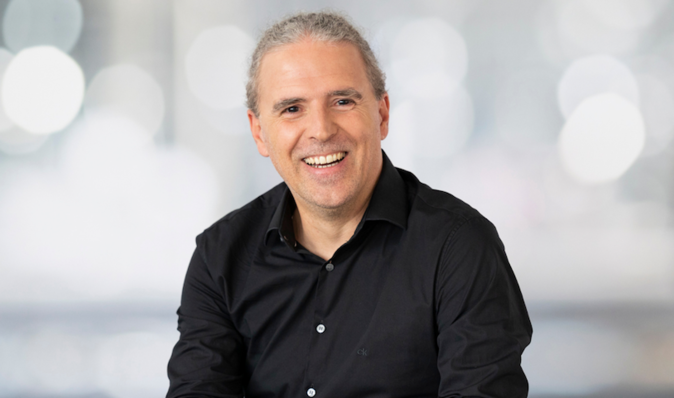In the course of climate protection and defossilization, the pipeline industry is facing new challenges, also in the technological field. After all, the transport of hydrogen or CO2 places different demands on pipelines than oil or fossil gas, and there is a lack of long-term experience. This makes close cooperation between all those involved in the value chain and the international exchange of experience all the more important in order to promote the most efficient operation of "green" pipelines. In addition, the legal framework conditions must fit.
This became clear at the 18th Pipeline Technology Conference (PTC) of ETIP (Euro Institute for Information and Technology Transfer). Around 1000 experts from more than 50 countries took part in the international conference, which was held in Berlin from May 8 to 11.
So far mostly CO2 EOR pipelines
A good insight into the challenges of transformation in the field of pipeline-based transport of CO2 was provided by the panel "CO2 Pipeline Infrastructure: Technical Challenges and Market Requirements." Wim Guijt, Principal Technical Expert Pipelines at Shell (Netherlands), referred among other things to the example of the USA, the world's leading pipeline country.
There, pipelines for the transport of CO2 with a length of more than 8,300 km are already in operation. In the vast majority of cases, however, these are so-called CO2 EOR pipelines (enhanced oil recovery). Here, CO2 is injected into existing oil fields, thereby increasing the total pressure in an oil field and the production rate. The CO2 usually comes from natural underground CO2 deposits.
CCS has different requirements
Guijt pointed out that transporting CO2 through carbon capture and storage (CCS) processes places different demands on pipelines. In CCS, carbon dioxide is captured either from the environment or directly at the sources of fossil CO2 emissions of an industrial or energy-related nature, processed, compressed and transported to a storage site. CO2 from CCS has different properties than EOR CO2. For example, it may be contaminated with nitrogen oxides (NOx) or sulfur oxides (SOx), it needs other suitable solvents, and other processes for fracture control.
In any case, Guijt says there is a high demand for research and development work in this area, and the pipeline industry would be well advised to also collaborate with industries from whose plants CO2 is captured.
Shell is betting big on CCS and is involved in various pilot projects, such as the Norwegian Northern Lights Project, the German-Dutch Delta Corridor or the Aramis project in the Netherlands (offshore pipeline, injection into depleted gas fields under the seabed). The goal is to inject 25 million tons of CO2 annually by 2023.
OGE with big plans
The transmission operator Open Grid Europe (OGE) also has big plans for building a CO2 infrastructure to drive defossilization. Up to now, OGE has mainly transported natural gas. As part of a European corridor, OGE wants to build a 1500 km CO2 pipeline network in Germany, the "German Carbon Transport Grid." It is also to create a connection to Switzerland and be linked in Wihelmshaven to the "WH2V Green Energy Hub" or an offshore pipeline to Norway. The investment requirement is estimated at 6 billion euros, and the project has been submitted for EU 6th PCI (Project of Common Interest) list funding with the support of the German government, among others.
According to Jens Erfurth, CO2 technical project manager at OGE, the plan is to build new CO2 pipelines, partly because OGE's existing long-distance pipelines will be used primarily for transporting green hydrogen in the future and conversion for CO2 transport is not readily possible due to the different wall thicknesses required, among other reasons.
Quality of CO2 decisive
In principle, CO2 pipelines, especially for long-distance transport, posed a number of challenges and questions that are currently still open, Erfurth emphasized. This has a lot to do with physics, with the composition or quality of the CO2, such as the temperature, the pressure, and the solid and liquid fractions. A major issue with CO2 pipelines is the avoidance of ongoing ductile cracks and the appropriate design of wall thicknesses and diameters as well as standardization. In any case, Erfurth sees a great need for testing and development here, in addition to the need to adapt the regulatory framework for the construction and operation of corresponding pipelines.
Avoiding corrosion - necessary standardization
Christoph Bosch from the manufacturer Europipe also sees a number of unresolved issues for the efficient and safe operation of CO2 pipelines, especially for long-distance transport. He pointed out that CMn pipelines made of carbon-manganese steel, which are considered particularly stable, can corrode if the CO2 is not dry. Also, he said, condensation should not occur.
Also interesting: CO2: Off to sea
In addition, test methods and criteria for the hardness or robustness of the pipes would still have to be defined. The design of the pipelines and their operation would have to be designed in each case depending on the origin and composition of the CO2 being transported. "Collaboration with designers, operators, and regulators is important and very welcome in this effort," Bosch emphasized.
Neil Gallon, Principal Engineer at Rosen, also pointed out the high importance of avoiding stress corrosion cracking in CO2 pipelines. He said this is particularly important for any planned conversions of natural gas pipelines to CO2 transport.
Transparency increasingly in demand
The increasing importance of the issues of safety and climate protection surrounding the approval and monitoring of pipelines was underlined by Tristan Brown from the US regulatory authority PHSMA (Pipeline and Hazardous Materials Safety Administration). Reliable environmental standards and transparency are also a prerequisite for acceptance of the construction of new pipelines, including for CO2 and hydrogen transport, among residents and the public, as well as for attracting new talent, he said. He pointed out that the Biden Administration plans to invest $100 billion in pipelines as part of the Inflation Reduction Act.
Did you miss that? Marine geological CO2 storage low-risk?
Defossilization is also high on the agenda for the pipeline industry in Southeast Asia. This was made clear by Mohd Nazmi bin Modh Ali Napiah of Petronas, Malaysia. Currently, the pipeline network in ASEAN comprises about 50,000 km. Several projects are underway to build CO2 and hydrogen pipelines, as well as a variety of investments in renewable energy development. Nevertheless, Napiah expects that in 2050, one-third of oil and gas will still be transported through pipelines in the ASEAN region, and energy consumption in the region will triple compared to today. (hcn)








